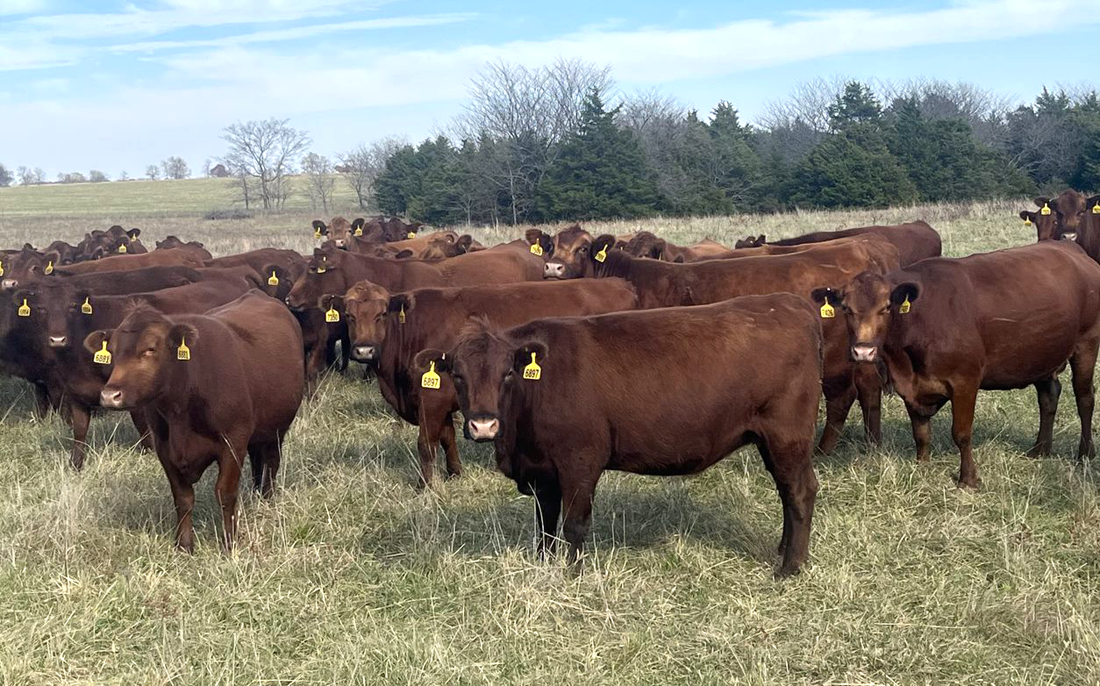Glynn Tonsor - Kansas State University
In 2014, it cost $879 to run a cow, compared to $852 in 2021. In 2022, it will be up by more than $100 per cow to $963. In 2023, the cost to run a cow will hit $1,000, according to Glynn Tonsor, professor of agricultural economics at Kansas State University.
As costs escalate, net margins matter. Tonsor said producers need to know their costs.
In 2014, calf prices went up, then there was a $17 per cow loss in 2021 and a $47 per cow profit in 2022. He estimates gains in 2023 and then forecasts that it will start rebuilding.
Tonsor spokes at the Central Kansas Beef Summit in Salina Nov. 29. Hosted by Kansas State University Research and Extension, beef producers heard that the drought across the U.S. has magnified the pull down of the herd and that a 4% decline of the beef herd is expected in 2023d due to drought.
“So with supply side dynamics, there are smaller calf crops and less beef, lending to higher prices if demand holds up,” said Tonsor, whose research and extension work covers aspects of the meat supply chain, from production level supply issues to consumer demand.
“Be aware of broader forces, but at the end of the day – focus what you have most local interest on,” Tonsor said.
Looking at 2023 and in 2024, expect a two-year pulldown in cattle and beef supplies, he added.
The good news is, that the revenue side is setting up to increase. Kansas and Nebraska are two of the top 10 cattle producing states, and 28% of beef cows in U.S. are in the Great Plains.
Drought has led to forced liquidation from Kansas westward across the country, but drought conditions aren’t everywhere.
“If you have the ability to increase your herd, you’re going to respond differently than other areas,” Tonsor said.
The number of beef cows across the U.S. is expected to drop from 30 million across to 29 million by the end of January when the U.S. Department of Agriculture (USDA) issues its yearly prediction. However, historically, herd size changes every eight to 12 years.
“With the dynamics of beef cow herds, we don’t need as many momma cows to hit a beef production target,” Tonsor said.
Consumer demand has been good, until lately. Over the last 60-90 days, demand for beef has been slipping. Household finances are an issue, and credit card debt has gone up. Tonsor blamed it on inflation, some people feel they can’t afford beef, he said.
Meanwhile, the beef industry continues to operate and evolve in a period of elevated uncertainty.
“Uncertainty isn’t going away tomorrow, and we’re still in this weird period,” Tonsor said.













